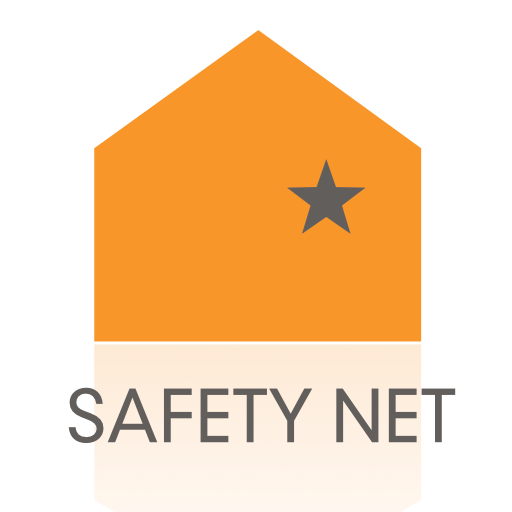National Stalking Awareness Month and Day of Action #SparkleAgainstStalking
/Left (gold sparkles on black background): January 18: Day of action for stalking awareness. What is this about? Right (blue sparkles on black background): Wear sparkly or shiny clothing and post a photo. #sparkleAgainstSTalking #NSAM2025 Learn more & take action at stalkingawareness.org. From SPARC (Stalking prevention, awareness, & Resource Center)
Did you know that 80% of stalking victims report being stalked through technology? And 40% of stalking victims are stalked by a current or former intimate partner.
January is National Stalking Awareness Month, and January 18 is the 2nd annual Day of Action for Stalking Awareness. For this month and day, the Safety Net Project at the National Network to End Domestic Violence (NNEDV) wants to highlight some facts about stalking, intimate partner violence, and tech safety.
Stalking and Technology
Stalking is often misunderstood. According to the Stalking Prevention, Awareness, and Resource Center (SPARC), stalking is “a pattern of behavior directed at a specific person that would cause a reasonable person to fear for the person’s safety or the safety of others; or suffer substantial emotional distress.” You can learn more about the tactics and strategies that stalkers use from SPARC.
As you read, think how a stalker might use technology to carry out these strategies. For example, a stalker might place a device in a survivor’s car in order to track it (surveillance). Or they might use their social media to spread false rumors about a survivor to friends (life invasion and interference).
Tech makes it easier to communicate with others. This is a lifeline for many people, including survivors. However, it also makes it easier for stalkers to involve others. One in three stalking survivors say that the primary stalker involved other people in the stalking. When a stalker uses technology as part of the stalking, that is a risk factor for escalation [1]. SPARC has more information about stalking and tech.
Stalking and Intimate Partner Violence
Intimate partner violence (IPV) victims who are stalked are three times as likely to be murdered as other IPV victims. Compared to other stalkers (on average), intimate partner stalkers:
Use a wider range of tactics;
Are more likely to use weapons; and
Are more likely to follow through on threats of violence.
The Day of Action for Stalking Awareness
Here are some ideas for how to promote stalking awareness on January 18. This page has ideas for organizations and individuals. One option is to wear something sparkly or shiny and post an image of yourself. If you are a survivor, or at risk, you may want to use a photo editor to cover your face. You can also consider posting from a non-real-name social media account. Make sure to use the hashtag #SparkleAgainstStalking!
To learn more about stalking, check out these resources:
Legal information on abuse using technology (WomensLaw, a project of NNEDV)
More on stalking and risk assessment (Coercive Control)
Safety Net’s own Survivor Toolkit on tech safety. Many of these are relevant to stalking.
[1] Logan, T. K., & Walker, R. (2017). Stalking: A multidimensional framework for assessment and safety planning. Trauma, Violence, & Abuse, 18(2), 200-222.


